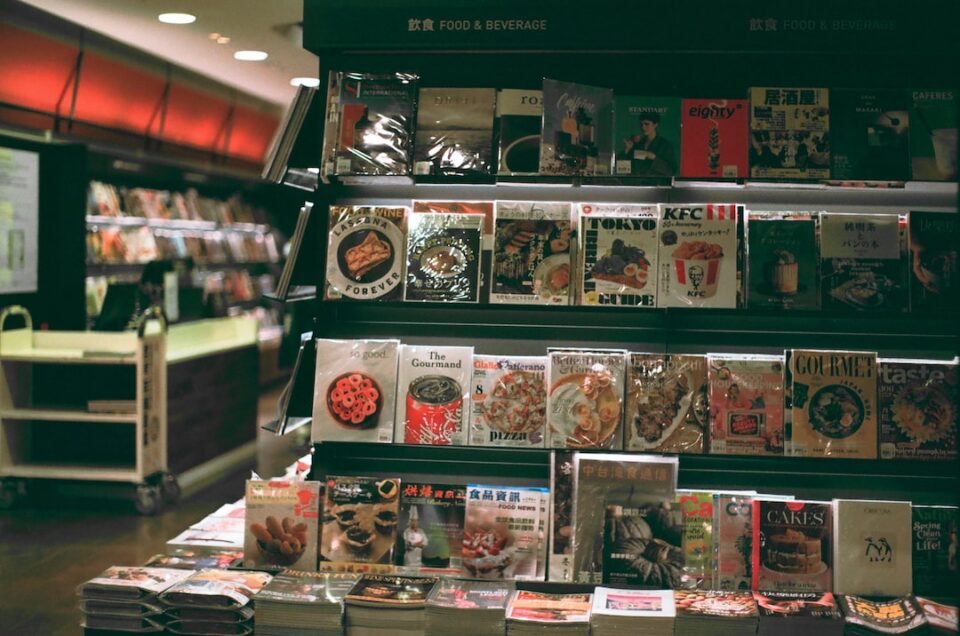Exploring the Intricate Patterns of Islamic Art
Islamic art is a mesmerizing expression of the rich cultural heritage and religious traditions of the Islamic world. It encompasses a vast range of art forms, including calligraphy, geometric patterns, arabesque designs, and miniature paintings. One of the most distinctive features of Islamic art is its intricate and elaborate patterns, which have captivated art enthusiasts for centuries. In this blog post, we will delve into the world of Islamic art and explore the fascinating history and symbolism behind its intricate patterns.
The origins of Islamic art can be traced back to the 7th century with the rise of Islam in the Arabian Peninsula. As the religion spread across various regions, it absorbed and assimilated different artistic traditions, resulting in a unique and unified visual language. Islamic art is characterized by its non-representational nature, as it avoids the depiction of human figures to adhere to the principles of Islamic religious beliefs.
One of the most dominant patterns in Islamic art is the geometric design. Geometric patterns are formed by the repetition of simple, geometric shapes such as circles, squares, and triangles, which are meticulously arranged to create intricate patterns. These patterns can be found in various forms of Islamic art, from architecture to ceramics and textiles. Their repetition and symmetry reflect the Islamic belief in the harmony and order of the universe.
The use of geometric patterns in Islamic art is not merely decorative; it also carries deeper symbolic meanings. The repetition of geometric shapes symbolizes the infinite nature of God and the divine order of the universe. It is believed that these patterns help to establish a connection between the seen and unseen worlds, serving as a reminder of the spiritual realm.
Arabesque is another integral element of Islamic art, characterized by the use of flowing, curvilinear motifs inspired by nature. It often features intricate interlacing vines, leaves, and flowers, creating an enchanting visual effect. Arabesque patterns can be seen in various art forms, such as wall reliefs, carpets, and manuscripts. The fluidity of the arabesque design symbolizes the seamless unity between the creator and creation, as well as the inherent beauty of the natural world.
Calligraphy is yet another significant aspect of Islamic art, known for its exquisite craftsmanship and aesthetic elegance. Islamic calligraphy is the artistic expression of the written word of the Quran, the holy book of Islam. The unique feature of Islamic calligraphy lies in its ability to transform Arabic scripts into beautiful and harmonious compositions, often used as decorative elements in mosques, palaces, and manuscripts. The intricate curves, intricate arrangements of letters, and the skilled manipulation of ink make Islamic calligraphy a highly esteemed art form.
The intricate patterns in Islamic art are not confined to a particular time period or region. They can be found across various Islamic cultures, from the magnificent Islamic architecture of the Alhambra in Spain to the delicate miniature paintings of the Mughal Empire in the Indian subcontinent. This universality of Islamic patterns speaks volumes about the shared cultural and artistic heritage of the Islamic world.
In conclusion, the intricate patterns of Islamic art hold a deep significance that goes beyond their aesthetic appeal. They represent the religious beliefs, cultural heritage, and artistic prowess of the Islamic world. The repetition of geometric shapes, the fluidity of arabesque motifs, and the elegance of calligraphy all come together to create a visual language that transcends time and borders. Exploring the intricate patterns of Islamic art allows us to appreciate the beauty and symbolism embedded within its rich tapestry.

